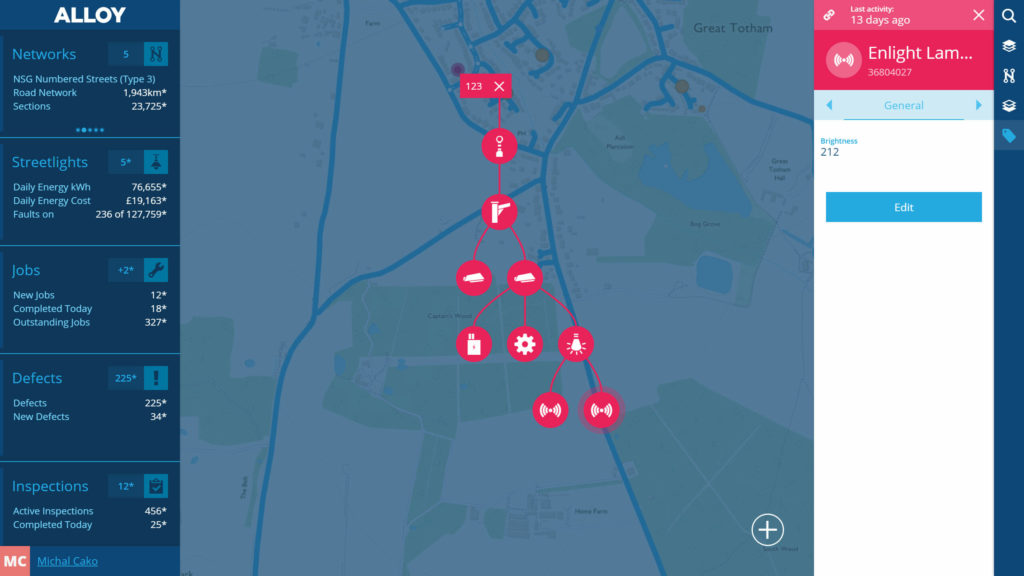Our national infrastructure assets are under more strain than ever. According to the Office for National Statistics (ONS), the UK population was just over 66 million in June 2017. By 2041, the ONS projects it will reach almost 73 million. In line with this, road usage is increasing. According to the Department for Transport (DfT), 327.1 billion miles were driven on Great Britain’s roads in 2017, a 1.3% increase from the previous year, and up nearly 17% on the corresponding figure for 1997.
At the same time, environmental conditions are becoming more challenging as climate change accelerates. In 2018 alone, we have seen the ravages of the ‘Beast from the East’, followed by heatwave conditions as the country experienced one of the hottest summers on record.
In response to these pressures, councils clearly need to put in place a maintenance strategy that protects their infrastructure assets. Given ongoing budget cuts, effective asset management will be required to better identify and target the most critical and vulnerable assets with available funds.
The latest Internet of Things (IoT) technology and sensors can be beneficial here but if councils want to deliver an operationally-efficient and environmentally-friendly approach, they need to use them selectively. Councils should be aware that their manufacture and their energy usage does have an environmental cost, and make sure they are balancing that impact with the benefits they gain from using them.
That said, there are a range of applications where benefits can be achieved. Selective use of sensors can, for example, be crucial in helping councils develop a maintenance strategy that protect against the dangers of flooding. The increased surface water from storms can put a strain on infrastructure that only regular maintenance can help alleviate. Water and silt level sensors mounted in drains can be the key to identifying those assets that are more likely to get blocked, or that are likely to have the biggest impact if they are blocked, allowing these drains to be maintained more frequently. If these drains and sluices are kept clear, the impact of storms would be lessened and the potential for flooding reduced.
Another area where judicious use of IoT solutions can improve public safety is in the development of smart tree technology. Sensors are now emerging capable of measuring the movement of trees to assess their condition and stability.
Once again though, the sensors need to be distributed sparingly to ensure the environmental benefit of trees is not offset by the cost and ongoing energy use of monitoring them. Councils again need to find the most vulnerable trees, typically using data about age and condition together with the expertise of internal arboreal teams, and only mount sensors where required.
Using sensors to target areas of vulnerability within these two different asset classes could provide the authorities with the potential to start building an intelligent combined asset management approach. By pinpointing where trees and the most vulnerable drains are located, they can start to establish connections between the two. That might help them see, for example, that they have large number of deciduous trees located next to a high number of drains in a low spot. Leaf fall is therefore likely to be high, and the fallen leaves tend to wash together and block the drains as a result. That insight can be a significant benefit to councils who can then better understand how different asset classes link together and how maintaining one can positively impact the status of another.
As we look to the future, councils should be carefully monitoring the latest advances in IoT and sensor technology. The use of sensors can bring significant benefits. However, a note of caution needs to be sounded. There are costs to using sensors, both financial and environmental, and therefore they should never be used in a scattergun manner. Instead, their deployment should be precisely targeted as part of carefully planned, coordinated and, ideally, connected asset management strategy. If used in that way, they can be a real boon for councils looking to mitigate the worst impacts of ongoing wear and tear, and severe climatic events like storms and flooding, on their infrastructure assets.



